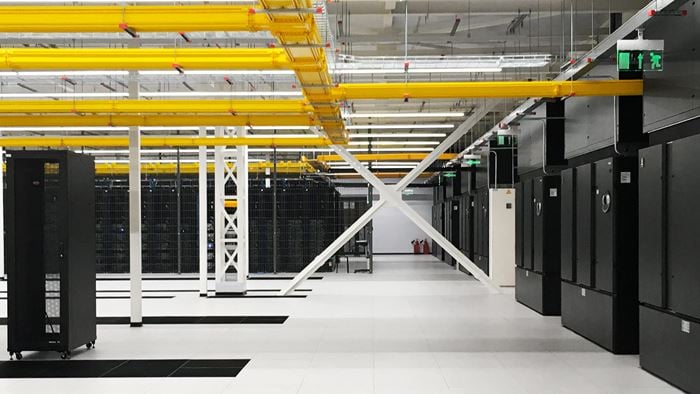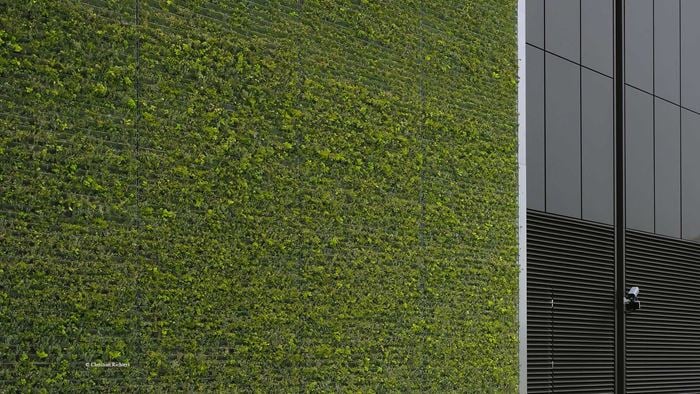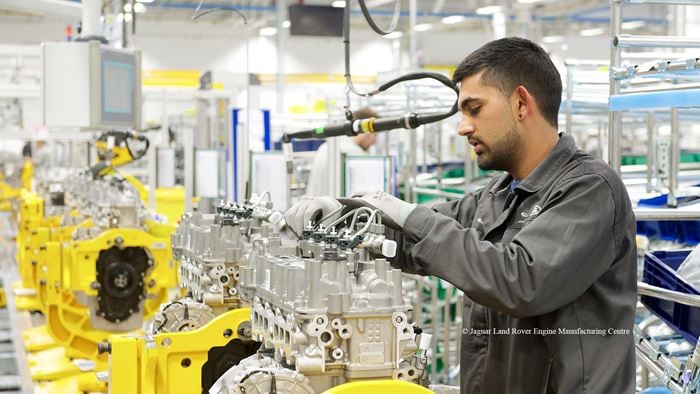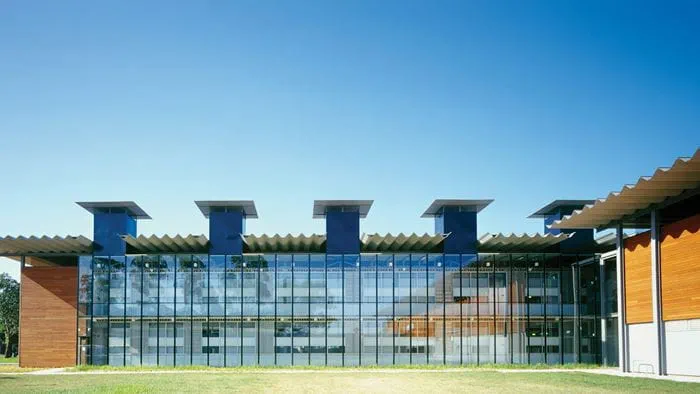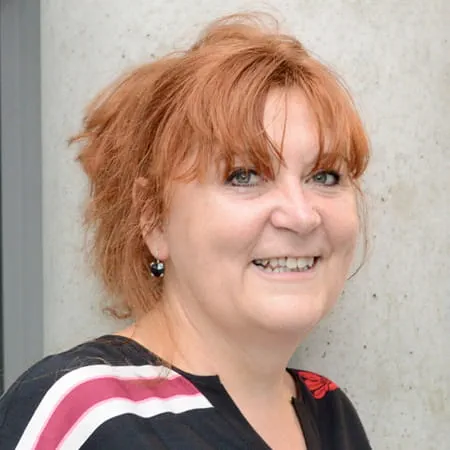Arup’s award-winning Digital Fusion scheme puts data at the heart of a heritage Grade II-listed church. Beginning its life as a response to an ideas competition, which challenged applicants to rethink the future of St Martin’s Church in Brighton, the scheme draws together our technology expertise and business advisory services to fuse the cultural significance of the existing building with a dynamic and digital future.
Our vision is one of transformation, balancing a continuing need for a place of worship, with new uses and economic sustainability. By integrating the future with the past, we aim to create a space that celebrates technology, education and rejuvenation, whilst preserving a traditional community space that encourages the exploration of new technology.
Our proposal has been chosen as the preferred scheme for development and we have provided St Martin’s Church with a business plan that demonstrates a broad range of opportunities to facilitate taking Digital Fusion to market.
The concept brings data closer to the end user. Utilising modern materials and modular fabrication techniques, the scheme provides phased data centre interventions within the existing footprint of the church. Through the transformation of light, air and sound, we have designed a multi-faceted, responsive space to benefit the community now and for generations to come.
Adding new life to a heritage landmark
Our concept balanced the continuing need for a place of worship, with new uses and financial stability to deliver a wealth of community benefits. Floating high above the heads of visitors, the structure will form part of an educational experience to provide a greater understanding of the future digital environment, encompassing the history of its surroundings and allowing the visitor a close-up view of the building’s original decorative ceiling. The space below will become a flexible energy hub offered as a shared resource that, like the cathedrals of all great cities, will continue to be a social meeting space to bring people and communities together.
The cathedral-like quality of space at St. Martin's could be readily integrated into this philosophy providing an adaptive, shared space that continues to evolve to meet its community’s needs.
Fusing the past with the future
Phased digital interventions within the church include a network of data servers, set back in deep, cool recesses along the side aisle. Operated by a specialist provider, more could be added and leased, to generate valuable revenue for the church. Although a highly specialised facility, it requires minimum human intervention on a daily basis thus quietly co-existing with other multiple activities, allowing the majority of the Church to remain fully accessible to all.
The data servers would be shielded by translucent, light refracting membranes that are themselves new pictorial windows. These could be programmed to respond to the varying needs of the space, adapting to a soft white glow for prayer or full coloured refracted light to celebrate community life. An experiential screen will provide additional light and colour for worship and education.
Contributing to our low carbon future
The inherent thermal mass of the church structure contributes to the new environment, while waste heat from the servers will be redistributed into the community spaces, much like a district heating system. This will reduce energy demand, cutting carbon emissions and save on running costs.
Data centre facilities will become an essential part of the infrastructure of our dynamic digital society. The industry is constantly innovating, creating ways to meet our lifestyle needs, both in terms of the software it develops and the environment it requires for its storage. This transformation of an 1870’s church to digital enterprise may well be the first of its kind in the UK to help generate new futures in this ever-changing market.
Data Centres and Critical Services
This brochure explores design solutions to our clients most challenging requirements. Energy efficiency, data security and the future landscape of the sector are all investigated through synthesis project case studies and provoking thought pieces.
Download the brochure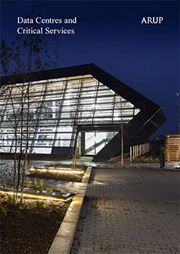
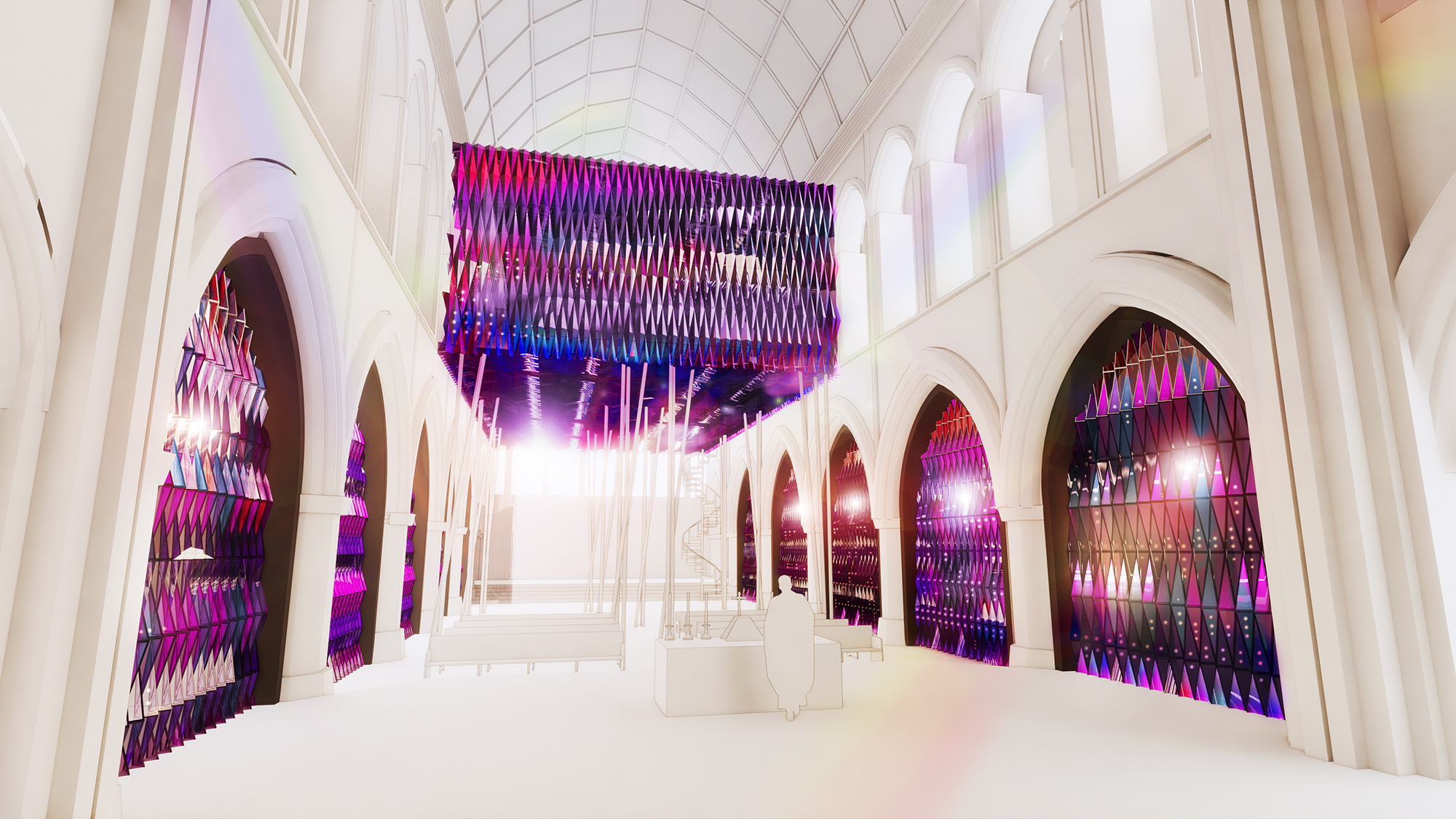 ;
;

